Commentary On The Sexual Harassment Of Women At Workplace(Prevention, Prohibition And Redressal)Act, 2013 With Rules.
| Author : | BHUVAN`S |
|---|
Commentary On The Sexual Harassment Of Women At Workplace(Prevention, Prohibition And Redressal)Act, 2013 With Rules.
Key Topics Covered:
1. Objective and Purpose of the Act:
- Primary Objective: To create a safe working environment free from sexual harassment for women, both in the private and public sectors.
- The Act ensures that women can work with dignity, without fear of harassment, and provides a legal avenue for redressal if harassment occurs.
- The Act aligns with international norms, such as the Convention on the Elimination of All Forms of Discrimination Against Women (CEDAW), and emphasizes the importance of gender equality in workplaces.
2. Definition of Sexual Harassment:
- The Act defines sexual harassment comprehensively, drawing from the Vishaka Guidelines (1997), a landmark Supreme Court judgment that laid down the groundwork for such legislation.
- Sexual harassment includes unwelcome behavior of a sexual nature, whether verbal, non-verbal, physical, or online, that creates an intimidating, hostile, or offensive work environment.
- Specific examples include:
- Physical contact or advances
- Demand or request for sexual favors
- Sexually colored remarks
- Display of sexually explicit material
3. Key Provisions of the Act:
- Prevention and Prohibition: The Act mandates employers to take steps to prevent sexual harassment in the workplace and ensures they adopt a clear policy that prohibits such behavior.
- Internal Complaints Committee (ICC): Employers are required to establish an Internal Complaints Committee in every organization with more than 10 employees to receive and address complaints of sexual harassment.
- The ICC should have a presiding officer (a woman), along with other members, including employees and an external member from an NGO or legal background.
- Redressal Mechanism: The Act mandates the creation of an effective mechanism for grievance redressal. The ICC is tasked with investigating complaints and recommending actions, including disciplinary action against the accused.
- Confidentiality: It stresses the importance of maintaining confidentiality during the inquiry process to protect both the complainant and the accused.
4. Filing a Complaint:
- Women employees have the right to file a complaint if they experience sexual harassment at the workplace, whether by a colleague, employer, or anyone else within the workplace.
- The complaint must be submitted within three months of the incident, with an extension possible under certain circumstances.
- The Act provides for an alternative dispute resolution mechanism through conciliation, should the complainant wish to settle the issue informally.
5. Duties of Employers:
- Employers must:
- Implement the provisions of the Act, including setting up the ICC.
- Conduct training and sensitization programs for employees.
- Provide a safe environment for women at the workplace, free from harassment.
- Take action against perpetrators of sexual harassment based on the recommendations of the ICC.
6. Rules under the Act:
- The book also includes a detailed analysis of the Sexual Harassment of Women at Workplace (Prevention, Prohibition and Redressal) Rules, 2013. These rules provide procedural details for:
- The filing of complaints and conducting inquiries.
- Formation of the ICC and its functioning.
- Maintenance of records and documentation.
- Timeframes for complaint resolution.
7. Implications for Employers and Employees:
- For Employers: The Act imposes serious responsibilities to prevent harassment and ensure a safe working environment. Non-compliance can lead to penalties, fines, and reputational damage.
- For Employees: The Act empowers women to seek justice and ensures that there are legal avenues for addressing harassment.
8. Amendments and Updates:
- The commentary also discusses any amendments or significant changes to the law or rules since its enactment, providing the most current legal framework.
9. Case Law and Judicial Interpretation:
- The book includes an analysis of relevant judicial interpretations and case laws that clarify the application of the Act. Notably, it may discuss landmark cases where courts have upheld the provisions of the Act and the role of the ICC in adjudicating complaints.

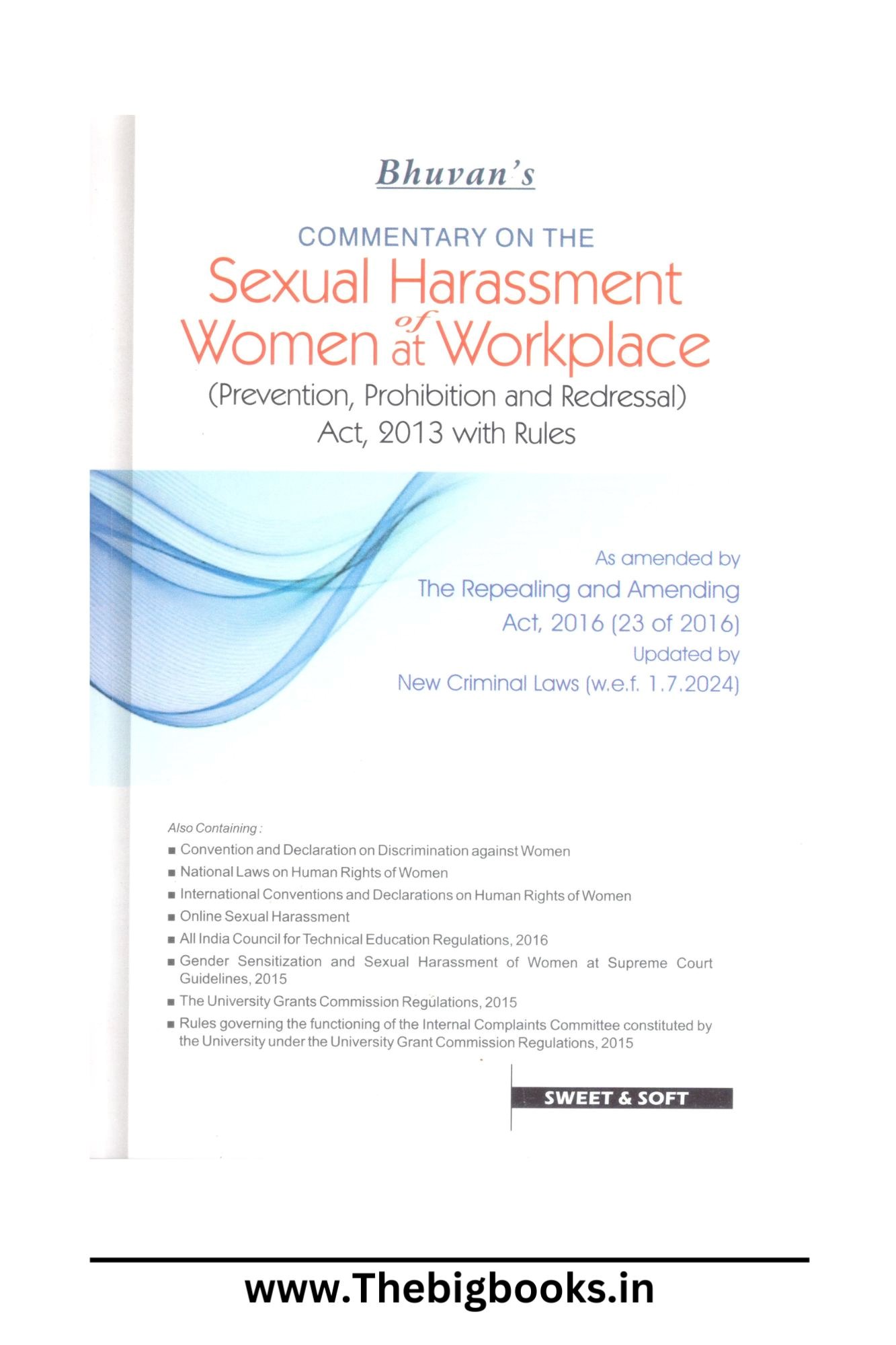





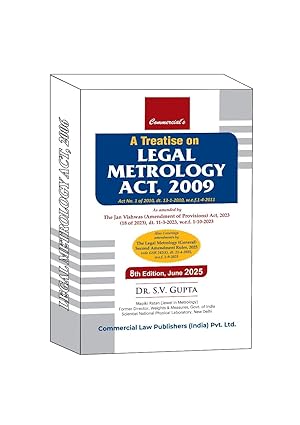
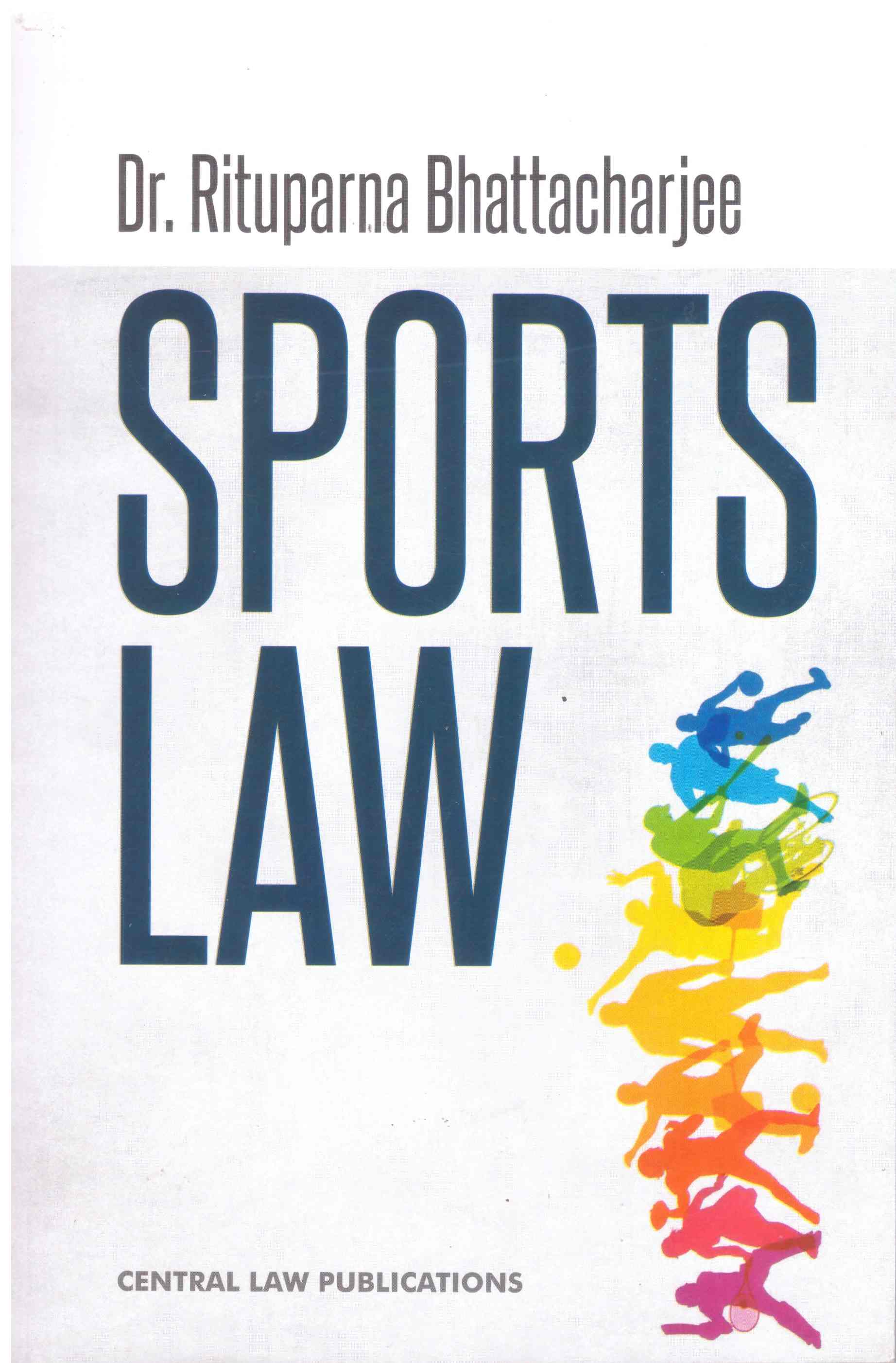
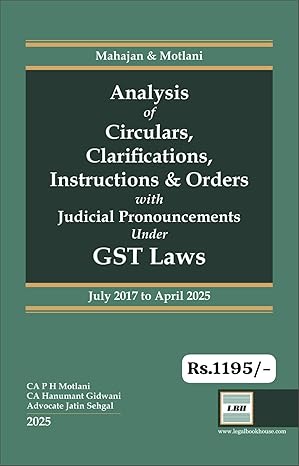

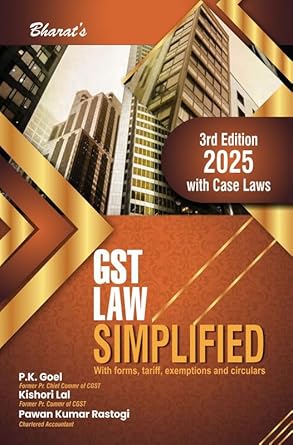

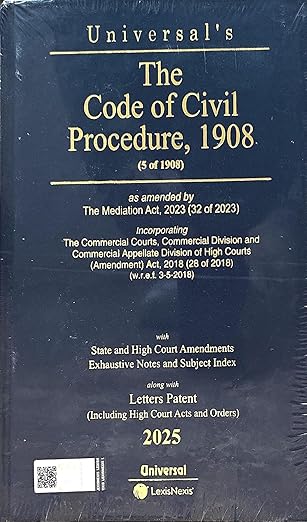


![Taxmann's Legal Metrology Act 2009 with Rules [Bare Act with Section Notes] - Edition 2025 Taxmann's Legal Metrology Act 2009 with Rules [Bare Act with Section Notes] - Edition 2025](uploaded_files/product/1748677286.jpg)





